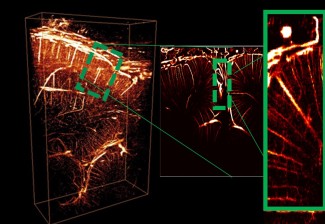After age 40, it is estimated that 4% of people suffer from essential tremor.
Diagnosis may be strongly guided by the presence of another case of essential tremor in the family, but in all cases, is based on specific clinical criteria and requires a neurological examination.
Essential tremor is a fairly rapid tremor that occurs during posture maintenance (holding a glass) and action (eating, writing). Diagnosis is clinical. The patient’s history and examination make it possible to rule out other disorders such as Parkinson’s disease in the majority of cases. There is no specific biological or imaging test for essential tremor.
It is important to look for other causes of tremors, such as medications like beta-agonists used to treat asthma, toxins like alcohol, or hyperthyroidism, etc.
Key clinical differences make it possible to rule out a diagnosis of Parkinson’s disease and reinforce the clinician’s clinical assessment.
| Criteria | Parkinson’s disease | Essential tremor |
| Type of tremor | Rest | Intentional and postural |
| Age | > 60 years | All ages |
| Family history | Absent | Present in 60% of cases |
| Alcohol | No effect | Reduces tremors |
| Characteristics of tremor | Unilateral | Bilateral |
| Characteristics of tremor | Slow, at rest, disappears with action | Faster, bilateral, absent at rest, appears with posture and with action |
| Other differential signs | Decreased arm swin Rigidity of the limbs, slowness | Normal |
Essential tremor is a progressive disease. The tremor becomes more troublesome in everyday activities as the disease progresses. The tremor becomes more pronounced and significantly impairs voluntary movements, making fine motor skills, eating, DIY, writing, etc., very difficult. Unsteadiness when walking (drunken gait), neck tremors, and voice tremors may also occur. This progression leads to an increase in disability for patients in their personal and professional lives.

